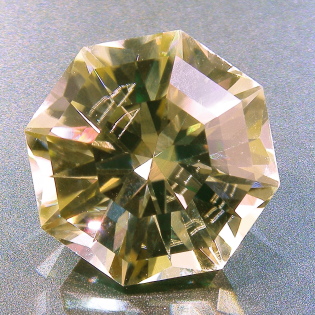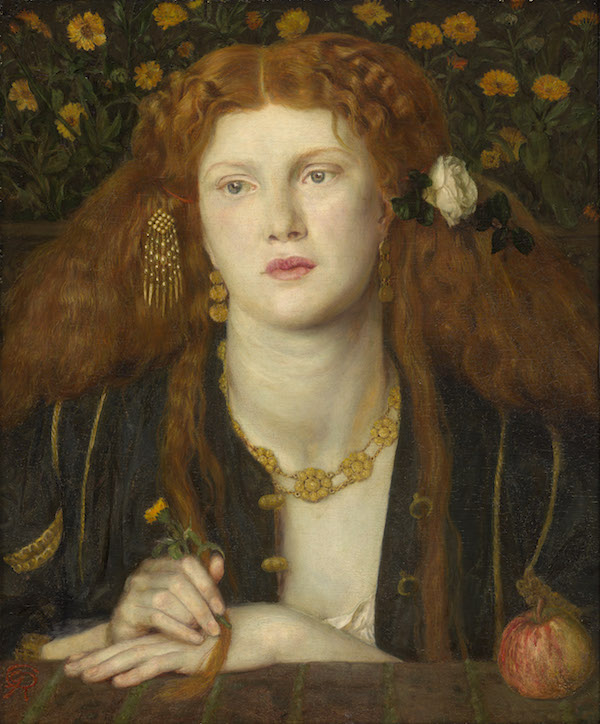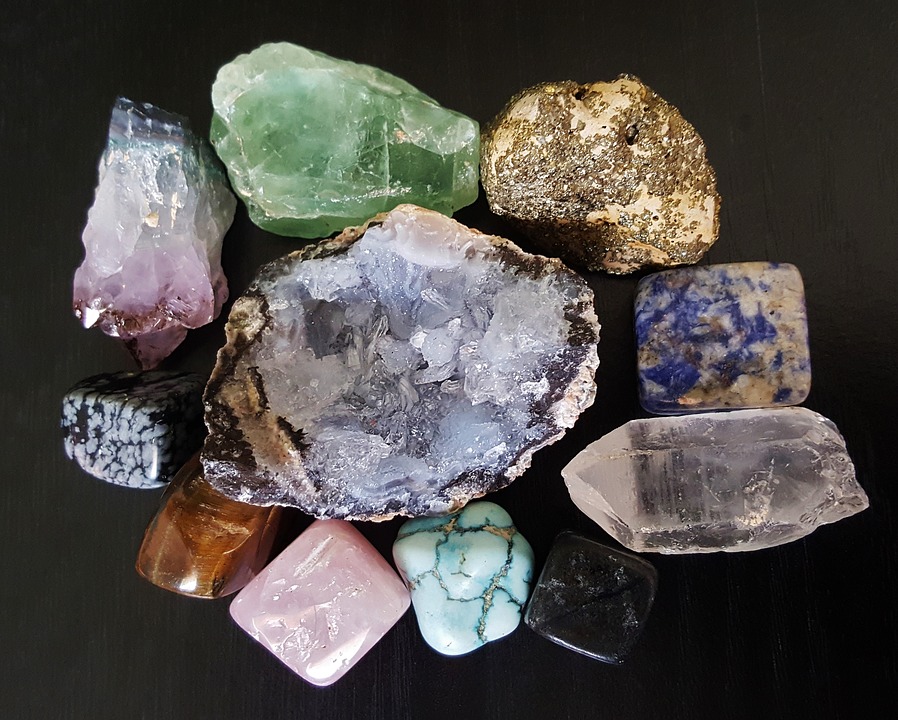What is a Facet and Why it Matters When you Buy your Engagement Ring

You’ve heard of facets before but now, as you’re poised to purchase an engagement ring, you feel like you should know more. We get it! So here’s a fast and furious lesson so you can be better informed.
The short story? Facets are the flat faces on geometric shapes. Gemstones have facets cut into them to improve appearance and reflecting light. Facets are seen in nature as well. Many crystals naturally grow in faceted shapes.
A faceting machine is used when cutting a gem–an art in and of itself. When its done right, there should a balance of brilliance (internal reflections of light) and dispersion (commonly referred to as “fire”). Lastly, those stunning brightly colored flashes from a gem, termed “scintillation.”
There are literally hundreds of facet arrangements but the most well-known is the the round brilliant cut, a cut with a long history:
This first early version of what would become the modern Brilliant Cut is said to have been devised by an Italian named Peruzzi, sometime in the late 17th century. Later on, the first angles for an “ideal” cut diamond were calculated by Marcel Tolkowsky in 1919. Slight modifications have been made since then, but angles for “ideal” cut diamonds are still similar to Tolkowsky’s formula. [Source: Wikipedia]
Round brilliants cut before the “ideal” angles are commonly referred to as “early round brilliant cut” or “Old European brilliant cut.” These cuts are considered by some as poorly cut, at least by today’s standards.
Other gem cuts with a long history include the “Old Mine Cut” which is similar to early versions of the round brilliant, but has a rectangular outline. Or the Rose Cut which is a simple cut consisting of a flat back and various numbers of angled facets on the crown, creating a faceted dome.
Hopefully that gives you a better idea of facets. But we’re here if you have any questions!






